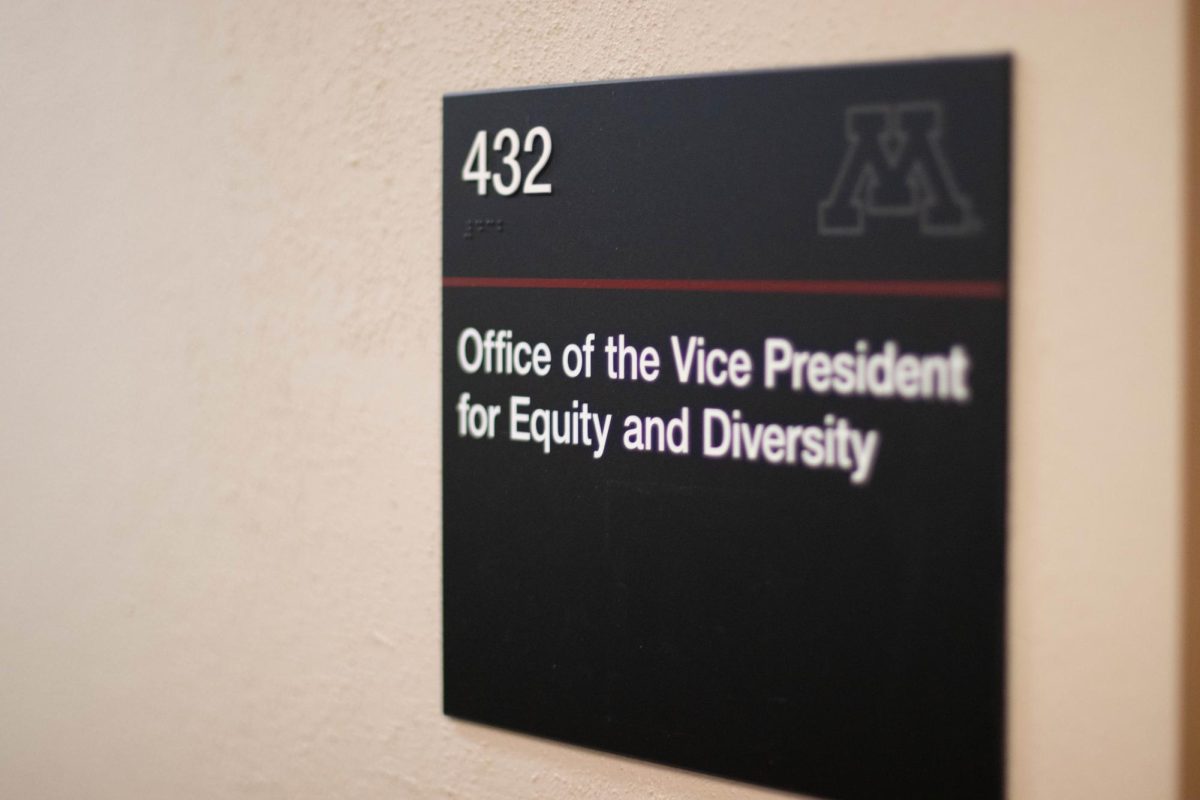The University of Minnesota’s ecology department ranked second in the world, and the psychology department ranked eighth in the world, according to the 2024 Shanghai rankings. The University ranked 47th overall in the world.
The Shanghai rankings are released annually and use several main measures to determine the rankings, such as the number of alumni and staff winning Nobel Prizes and Field Medals, number of highly cited researchers and number of articles published in scientific journals, according to Shanghai Rankings.
Ten University departments ranked in the top 25, including communication, education and medical technology. Kimberly Kirkpatrick, the associate vice president for research at the University, said there are several factors involved in the process.
“The Shanghai rankings look at research excellence and these markers of esteem, it assesses really prestigious awards, like Nobel Prizes,” Kirkpatrick said.“It also assesses publications in these top journals and it looks at how widely cited our research is. So it tries to get at what are the prestigious impact of our research.”
Kirkpatrick said the rankings are one of several important surveys the University is invested in, including the Higher Education Research and Development (HERD) Ranking and The Princeton Review.
“I think they’re a point of pride for us because the U is a top-ranked university. It allows us to depart a little bit from our Minnesota nice side and be able to brag about the excellence of our research,” Kirkpatrick said. “It creates reputational factors that just draws students to want to come here, and that’s coming from a real place. We get high rankings not because we’re better at playing a game or something. We get them because we’re really good.”
The Ecology Evolution and Behavior (EEB) department in the College of Biological Sciences is home to the best ecology department in the United States, Kieran McNulty, the head of the department said. This success is due to the department’s ability to produce research at a high level.
“The department has a long history of really path-breaking, big idea intellectuals and people who have dramatically impacted not just the way that ecology operates, but fundamentally how they even conceive of themselves as a discipline,” McNulty said. “And that’s allowed us to really ascend up the rankings and other measures of profile.”
EEB has five professors who are part of the Academy of Science Members and is home to two of 12 National Science Foundation Cedar Creek Long Term Ecology Research Stations Facilities and an urban ecology research station located in Minneapolis.
“We have a village of people who are operating not just in terms of their own research, but thinking how do we need to move ecology forward in a way that’s going to help everyone’s research,” McNulty said. “And when you have people and projects that do that, then they naturally extend through the academic world, and people start to recognize that.”
Collaboration is key to the department’s success, McNulty said.
“It’s not infrequent that we’re in some sort of gathering of people, and these exchanges lead to both formal and informal collaborations,” McNulty said. “There’s a fantastic intellectual atmosphere here that fosters collaboration and idea exchange in a way that we’re really lucky to have.”
Collaboration was a key part of the next highest-ranking department, psychology. They ranked high among programs at schools like Harvard, Yale and University of California – Los Angeles.
Psychology is among the largest undergraduate departments in the College of Liberal Arts, with roughly 1,500 undergraduate students, Associate Chair for Research Andrew Oxenham said. The University psychology department offers a wide variety of research disciplines.
“Even though it’s under one department, psychology actually encompasses a very broad range of research questions, from clinical psychology and counseling psychology, then also through social psychology,” Oxenham said. “We have a program in industrial and organizational psychology, we also have a very well-known program in behavioral genetics. And then finally, on the other side, we have the cognitive and brain sciences.”
All of these areas factor into the department’s research, but Oxenham said they work best when combined.
“One of our secrets of success is that there’s a lot of collaboration and interaction between different groups and different disciplines within psychology, but of course, not just within the department,” Oxenham said. “Many of us faculty in psychology have collaborations with others within the University, in different departments and with others in different institutions around the world.”
Oxenham said that despite the attractiveness of rankings, they do not provide the full context of the program.
“I don’t like to put too much weight on the rankings, because there’s so many different ways of doing these kinds of rankings, but it is a nice confirmation that we’re clearly doing something right, that we’re being recognized worldwide,” Oxenham said.













